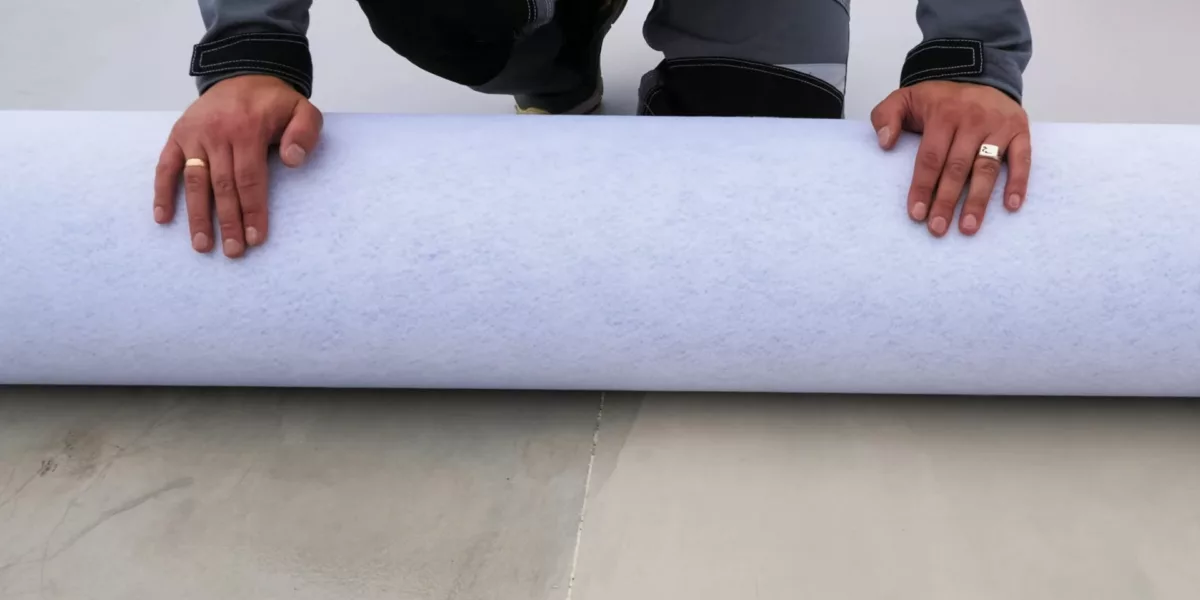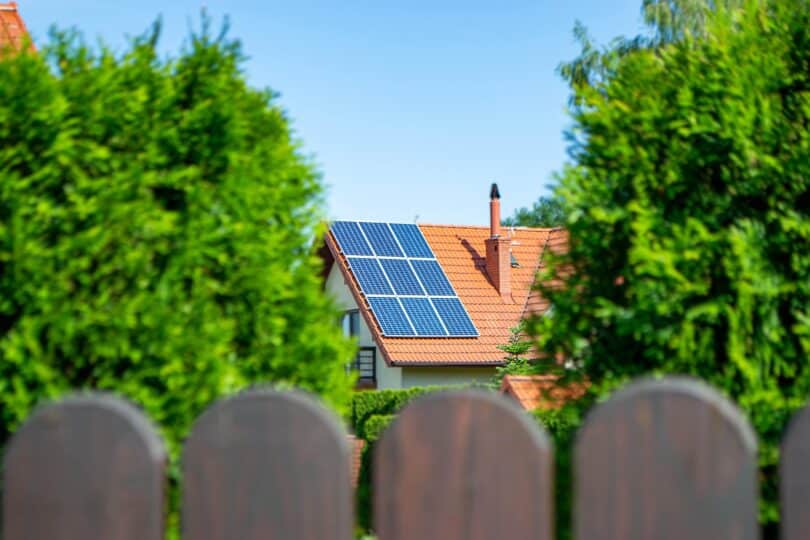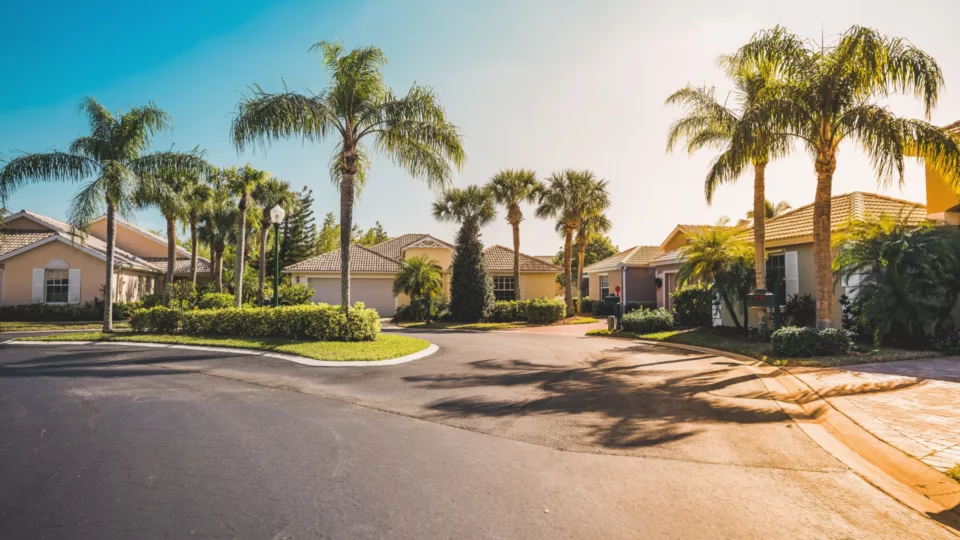In This Article
If you’re considering a new roof installation, you’re probably learning about different roofing materials to decide what best suits your needs. And you may already be familiar with some options, like shingle or tile roofs. But what is a modified bitumen (MB) roof? At Classic Roofing & Construction, we’ve been installing these roofing systems all over Florida for 20 years, so we’ve got the information to answer all of your roofing questions and more.
Keep reading for a thorough modified bitumen roof definition and answers to all of your questions about this popular Florida roofing material.
What Is a Modified Bitumen Roof?
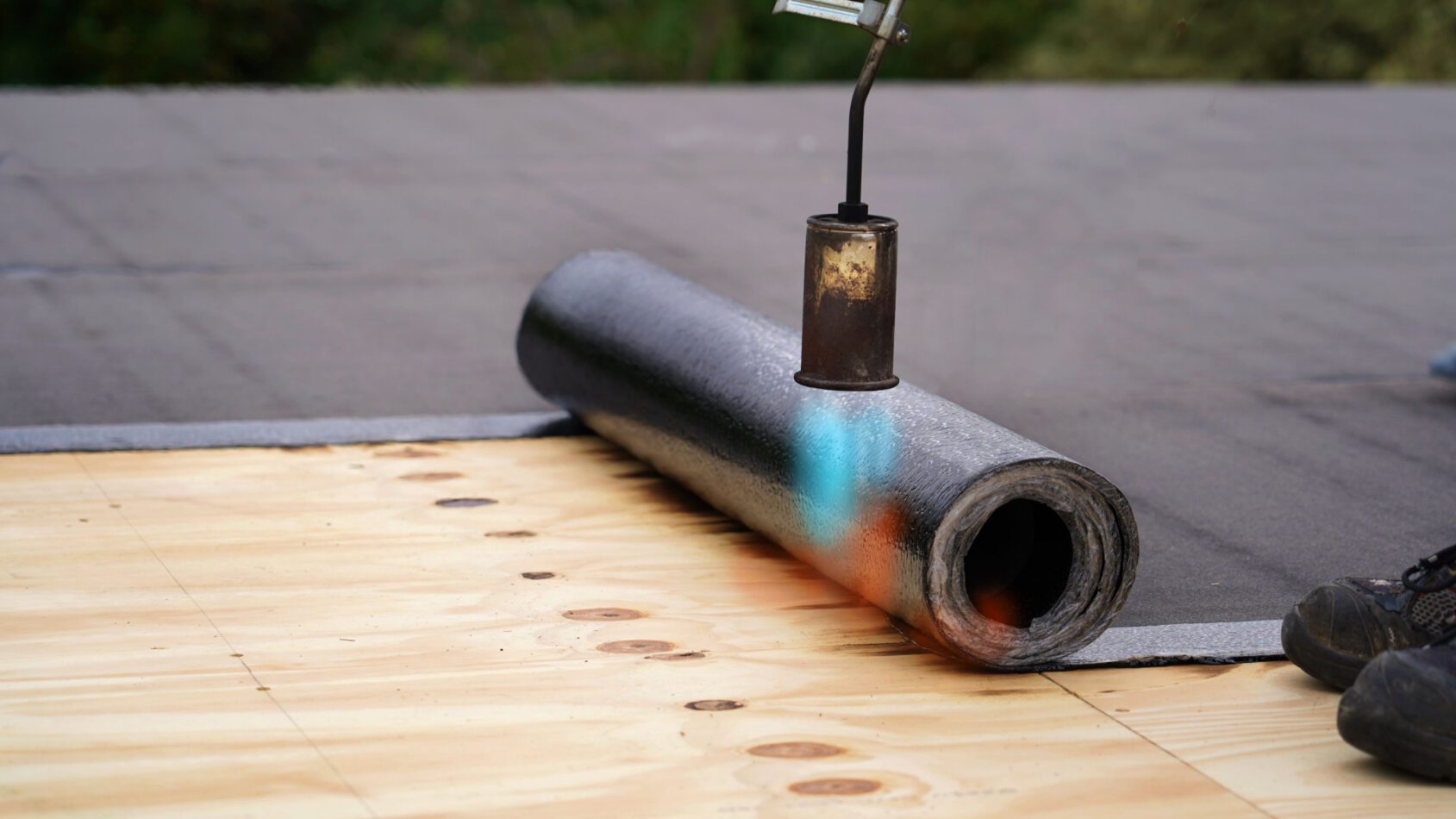
If you have a flat roof, you might already be familiar with a similar roofing system: the built-up roof (BUR) design. This is a popular option for low-slope or flat roofs in Florida since it’s designed to handle a lot of heat and moisture. And you can think of a modified bitumen roof as an evolution of this concept.
Modified bitumen roofs have been in use since the 1970s, and they’re made from a mixture of a polymer (usually rubber or plastic) and asphalt. Commonly called “mod bit” by Florida roofing contractors, this asphalt mixture is then reinforced by fiberglass or polyester, depending on the type of MB. This combination of materials creates a roofing material that is resistant to physical weathering, water-tight, and resistant to heat.
CLASSIC ROOFING – FAMILY OWNED AND SERVING THE COMMUNITY FOR OVER 20 YEARS
CLASSIC ROOFING – FAMILY OWNED AND SERVING THE COMMUNITY FOR OVER 20 YEARS
When it comes to installing a modified bitumen roofing system, the process is fairly straightforward. Modified bitumen usually comes in the form of a membrane that can be rolled out across your structure’s roof. To make sure that it adheres closely to your roof, it will then be heat welded to the structure. This helps ensure that the seal is water-tight so that you don’t have to worry about algae developing and weakening your roof.
Now that we have some clarification on what an MB roof is, let’s consider whether or not this material is right for your flat roof.
Pros of Modified Bitumen Roofing Systems
As mentioned, modified bitumen roofs are an improvement on BUR roofs. But what makes them superior to the older option?
First, older BUR roofing systems were much more costly to install. With several layers of asphalt and fabric, there was a lot of labor involved in the installation, which drove up the price of any project. It also made the entire system heavier, and repairs became more costly because it was difficult to repair all of the different layers at once. Finally, having alternating layers of asphalt made the roofing system much heavier, which limited the number of structures that could support it.
This is why modified bitumen roofs come as a single membrane. Not only does this drastically lower labor costs, but it makes repair jobs much easier and more affordable since fixing a single membrane can be done relatively easily. Because of these improvements, MB has all but replaced BUR roofs as the go-to for any flat or low-incline roof.
Other pros of modified bitumen roofs include their tear resistance, which helps them withstand storm debris. They’re also flexible, and when they expand and contract with the weather, this doesn’t age and wear them down the same way that it does other roofing materials. In short, MB roofs are ideal for handling the largest issues that affect flat roofs. But the specific performance of your roof will depend, at least in part, on the type of modified bitumen that you use.
Different Types of Modified Bitumen
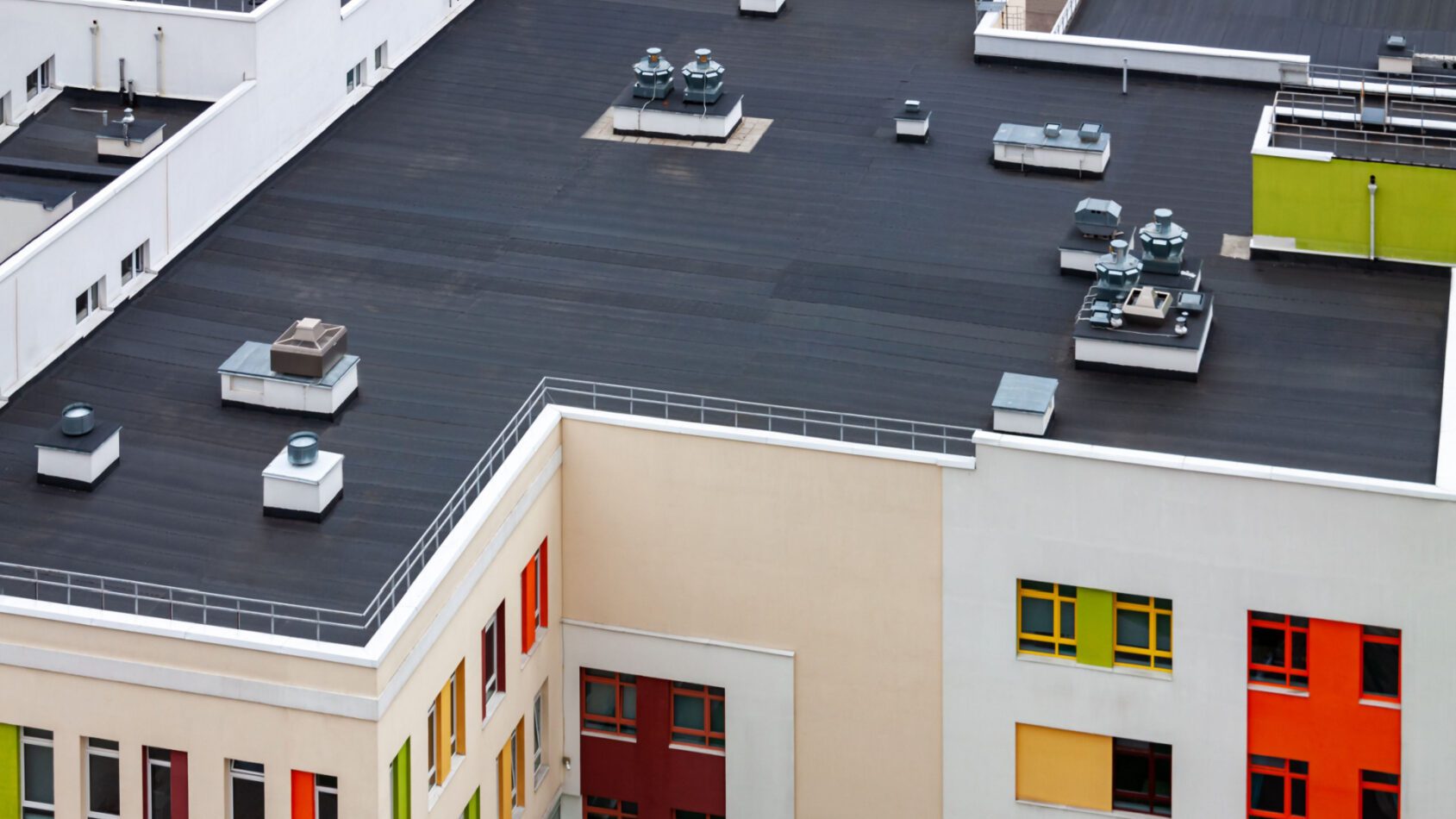
While all modified bitumen roofs are primarily made of asphalt, there are differences in the composition of different types of modified bitumen roofs. There is no “best” type, but each type of roofing material has certain features that make it ideal for different types of jobs.
APP Sheets
Atactic propylene (APP) sheets are made of asphalt mixed with plastic polymers, and they’re the ideal modified bitumen roofing option if you’re trying to use your roof to cool your home. Since APP membranes reflect UV light, they can do a lot to deflect heat away from your structure. This extra insulation does a lot to regulate the temperature inside your home or business, which makes it a great option if you’re trying to lower your energy bill.
SBS Sheets
Styrene-butadiene-styrene (SBS) sheets are composed of asphalt and polymerized rubber to give them extra flexibility and elasticity. This increases the roofing material’s durability, but without the plastic polymers of APP sheets, SBS membranes can experience more damage over time from UV rays. However, their improved flexibility makes them better at withstanding heat, since they aren’t worn out by expanding and contracting. And as an added bonus, their composition also makes them more resistant to high winds, so they’re an appealing option if you’re concerned with hurricane-proofing your roof.
Choose an MB Roof Installer in Florida
If you think that a modified bitumen roof could be a good fit for your property, then the only thing left to do is contact a roofing company. But knowing who to trust can be tricky, especially when it comes to putting on a flat roof.
At Classic, we bring 20 years of experience to every job. And with no subcontractors, you can trust that our GAF-certified, insured roofers are going to do the best possible job for you and your property.
What Is a Modified Bitumen Roof – Video
Award Winning Professionals Are Here To Help!

